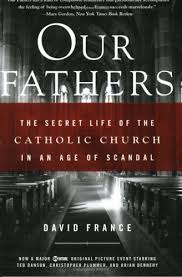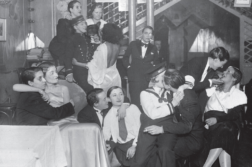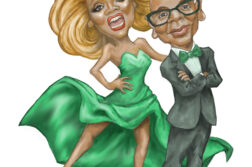 Our Fathers: The Secret Life of the Catholic Church in an Age of Scandal
Our Fathers: The Secret Life of the Catholic Church in an Age of Scandal
by David France
Broadway Books. 656 pages $26.95
WHEN I STUDIED to be an altar boy outside Philadelphia in the early 1960’s my teacher was a seminarian who worked part-time in our parish church. Dan (not his real name) was studying to be a diocesan priest, which means that he was not subject to vows of poverty as are members of religious orders. As the owner of a large white convertible, Dan seemed to take particular pleasure in driving across the schoolyard to chat with my classmates, all thirteen-year-old boys, who’d then stop what they were doing in order to talk to him. I would not know what these conversations were about until many years later, when I met Dan in a local cruising haunt. In the schoolyard I assumed that Dan’s “special link” with my classmates had something to do with basketball and what would later come to be known as “macho banter,” an attitude and style that I longed to adopt then but could not.






